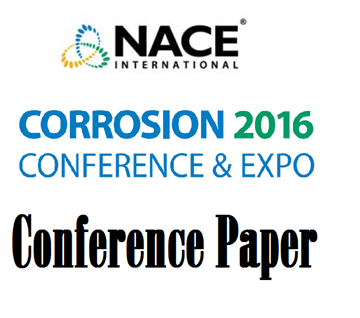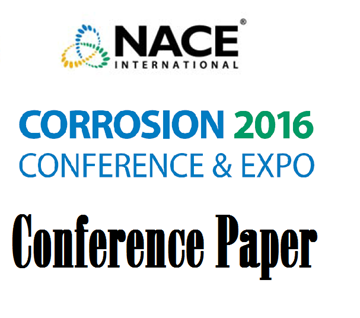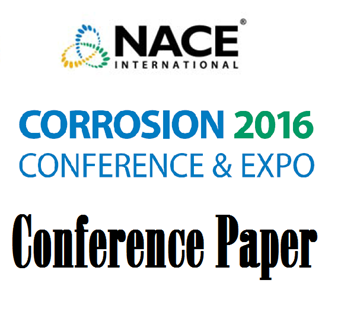Search
51316-7038-Corrosion of Metals in Treated Wood Examined by Synchrotron Based Xanes and XFM
Also Purchased
51316-7078-Internal Corrosion Direct Assessment Using Bayesian Networks Modeling With Limited Data-A Case Study
Product Number:
51316-7078-SG
ISBN:
7078 2016 CP
Publication Date:
2016
$20.00
51316-7083-The Role Of Local Chemistry Changes In Repassivation Of Localized Corrosion – A Review
Product Number:
51316-7083-SG
ISBN:
7083 2016 CP
Publication Date:
2016
$20.00
51316-7055-Are You Trained Certified and Qualified to Assess Corrosion and Related Defects?
Product Number:
51316-7055-SG
ISBN:
7055 2016 CP
Publication Date:
2016
$20.00




